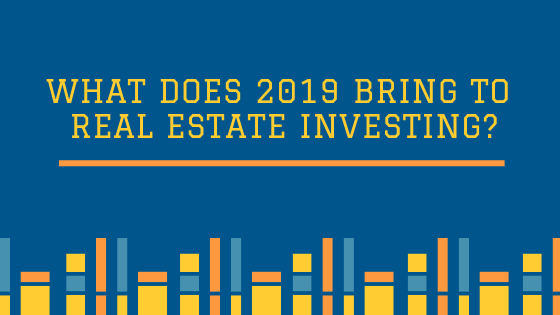The new year will be a challenge to real estate investors. According to Realtor.com’s housing forecast, 2019 will bring higher mortgage rates, which will affect both buyers and sellers. For investors, this means that the choice to invest will rely on the market data instead of the price of the home since the price will be higher due to the mortgage rate. Also, home prices will rise, but at only 2.2% nationally. The good news is that there won’t be as many bidding wars since general inventory will be low.
It’s interesting to note that a number of areas will have high price increases, including Grand Rapids (MI), Las Vegas (NV) and Daytona Beach (FL). With home prices rising and a decrease in inventory, buying a home will be a challenge. Yet, for those who are looking to purchase a luxury home (over $5 million), the inventory will be better. This will be evident in California and New York. That said, investing in real estate will be stable per ThinkAdvisor. Commercial real estate will continue to attract capital. However, due to little or no appreciation. putting the new capital to work will be a challenge.
Surprisingly, climate change will be a factor in real estate investing this year. This is due to the risk of flooding caused by hurricanes and nor’easters. Thus, the trend of investing in sustainable real estate will continue. This includes green buildings as more commercial tenants are demanding them. Another real estate investment opportunity will be warehouses, since e-commerce has become the norm. Yet, investing in the refurbishing of obsolete retail spaces and/or development of mixed use properties should not be overlooked. There are many “town squares” being built which contain a mix of apartments, condos, restaurants and retail stores. The need for apartment buildings and multi-family assets will steadily increase. Also, homes that can be quickly flipped will continue to be a great investment, especially if the location is ideal. There are areas (e.g the south) that will provide opportunities for house flipping, since they will appeal to middle-market buyers.
In addition, technology will play an even bigger part in connecting buyers and sellers. There are more real estate websites and apps (e.g. Xome) as well as using other means of communication (e.g. social media) to alert investors of properties that have just come on the market. This saves time and money for both parties.
